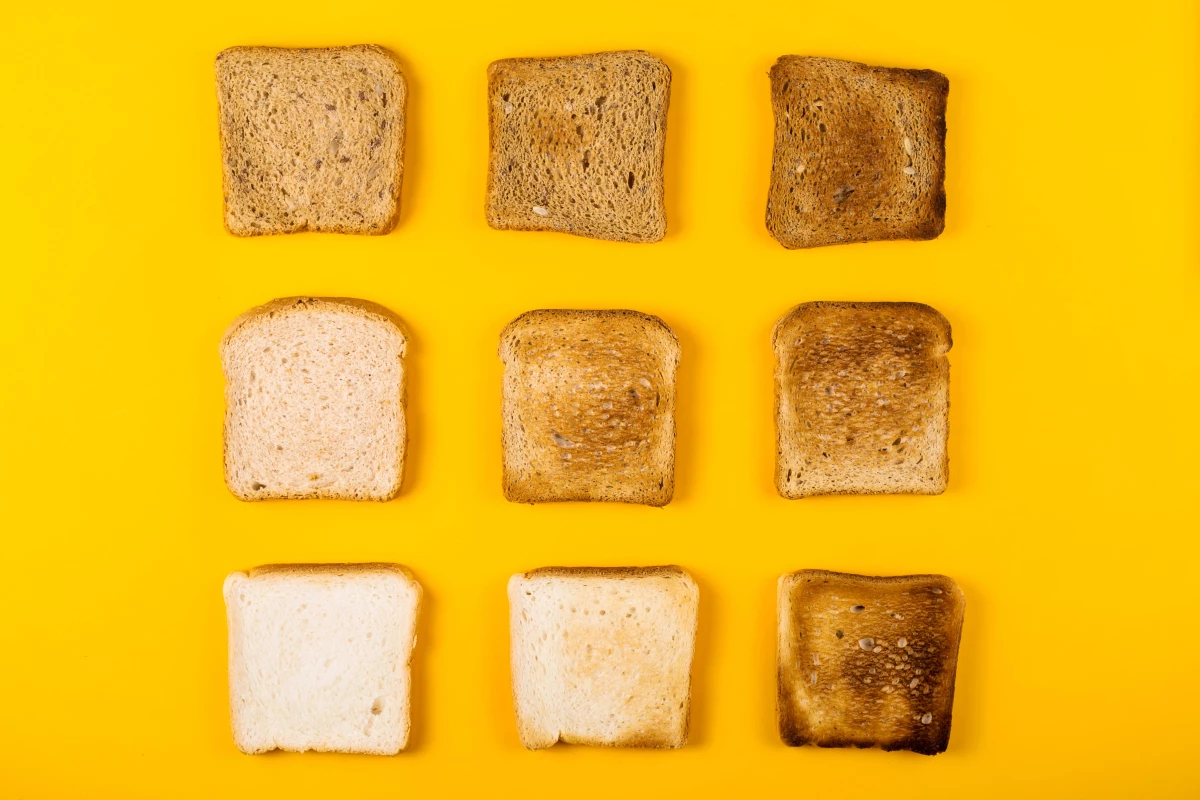For years, millions of people have sworn that gluten makes them ill – even if they've returned negative results when tested for coeliac disease. Now, researchers have found that it's far more complicated, and gluten itself may not be the culprit.
Researchers from the University of Melbourne, Maastricht University, Salerno University and the University of Sheffield have synthesized evidence from both previous standalone studies and secondary analyses, using around a dozen major double-blind randomized trials to better understand what we call non-coeliac gluten sensitivity (NCGS).
Around 10% of adults worldwide self-report sensitivity to gluten or wheat, but when tested under double-blind trial conditions, only 16-30% react specifically to gluten. Most experience the same discomfort whether the food they're given for the study contains gluten or not. The rest of the symptoms can often be traced to other ingredients in wheat – especially fructans, a type of fermentable carbohydrate in the FODMAP family – or to the brain’s powerful influence on how the gut perceives distress.
"Contrary to popular belief, most people with NCGS aren’t reacting to gluten," said lead researcher Jessica Biesiekierski, an associate professor at the University of Melbourne. "Our findings show that symptoms are more often triggered by fermentable carbohydrates, commonly known as FODMAPs, by other wheat components or by people's expectations and prior experiences with food."
According to one landmark study, when participants followed a strict low-FODMAP background diet, gluten alone failed to trigger symptoms. Another trial found that fructans caused the bloating and pain that many blamed on gluten in bread. A third study showed that people’s expectations – believing they were consuming gluten – were a stronger predictor of discomfort than what they were actually eating. Across studies, the "nocebo" effect (expecting harm and then feeling it) affected up to half of participants.
The researchers noted that people’s symptoms are certainly real, but the cause is rarely straightforward or purely about gluten. This new review instead frames NCGS as part of a broader spectrum of gut-brain interaction disorders, such as irritable bowel syndrome (IBS). In these conditions, the gut’s nerves and the brain’s emotion-processing circuits are in unusually close communication. When wheat, stress or other triggers shift the gut’s microbiome or fermentable load, the gut sends distress signals up the vagus nerve. The brain, already primed by expectation or anxiety, magnifies those sensations, producing very real pain, bloating, brain fog, fatigue or mood swings.
"Across recent studies, people with IBS who believe they're gluten-sensitive react similarly to gluten, wheat, and placebo," said Biesiekierski. "This suggests that how people anticipate and interpret gut sensations can strongly influence their symptoms."
"Taken together, this redefines NCGS as part of the gut-brain interaction spectrum, closer to conditions like irritable bowel syndrome, rather than a distinct gluten disorder," she added.
Studies show a large overlap between self-reported gluten sensitivity and IBS, and many improve on a low-FODMAP diet regardless of gluten content. Extra-intestinal symptoms like fatigue, headache and muscle pain are common, but there’s still no evidence that gluten directly harms the nervous system in these cases.
The bad news is that, to date, there's no distinct biomarker for NCGS, with both zonulin (gut permeability) or inflammatory cytokine levels proving too inconsistent to be seen as reliable indicators. As a result, NCGS remains a diagnosis of exclusion, with clinicians first needing to rule out coeliac disease and wheat allergy. Symptoms can then be tested under a blinded gluten exposure process – ideally on a low-FODMAP base diet – before a diagnosis can be made.
Here, the researchers recommend a multidisciplinary, compassionate approach to NCGS intervention. A dietitian should guide any elimination diet to prevent nutritional deficits, and rigid long-term gluten avoidance is discouraged unless clear, reproducible symptoms occur. They believe that for many, some diet tweaks – such as choosing lower-fructan grains or ancient wheats like spelt – and new psychological strategies that address anxiety (like cognitive-behavioral therapy) can make as much of a difference as cutting out gluten.
"Millions of people around the world avoid gluten believing it harms their gut, often after experiencing real symptoms that range from mild discomfort to severe distress," Biesiekierski said. "Improving our scientific and clinical understanding of a condition affecting up to 15% of the global population is incredibly important."
Until scientists pinpoint a definitive biomarker, the researchers add that NCGS should be viewed not as a specific disease but as part of the gut–brain spectrum. What's more, this new insight into the condition could help clinicians provide more accurate diagnoses and tailored treatment for their patients who present with NCGS.
"Distinguishing NCGS from related gut conditions is essential for clinicians to offer accurate diagnosis and individualized care, as well as treating underlying drivers," said Associate Professor Jason Tye-Din, Director of the Snow Centre for Immune Health and a gastroenterologist at the Royal Melbourne Hospital. "This review supports a more personalized, evidence-based approach to gut health and avoids unnecessary dietary restriction."
Biesiekierski added that psychological support should be seen as an integral part of treatment, as well as addressing how we categorize gluten – which could be contributing to the sensitivity to it that people believe they have.
"We would like to see public health messaging shift away from the narrative that gluten is inherently harmful, as this research shows that this often isn’t the case," she said. "These findings additionally call for better diagnostic tools, more rigorous clinical pathways and research funding in this field, as well as improved public education and food labeling."
The study was published in the journal The Lancet.
Source: University of Melbourne





